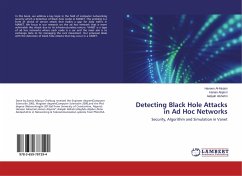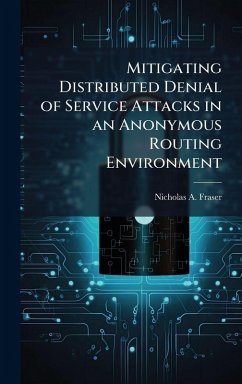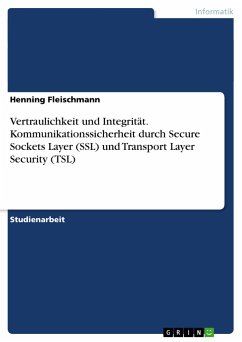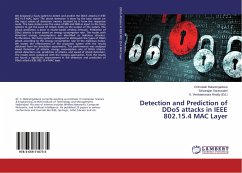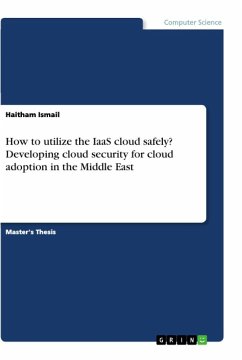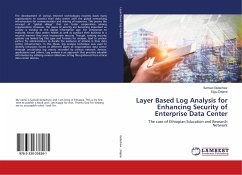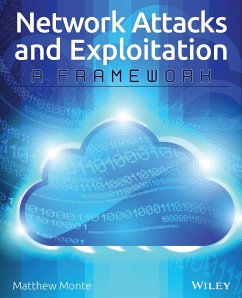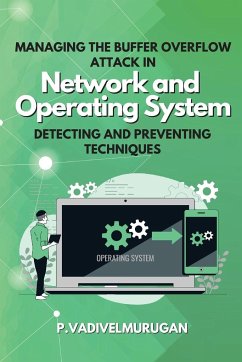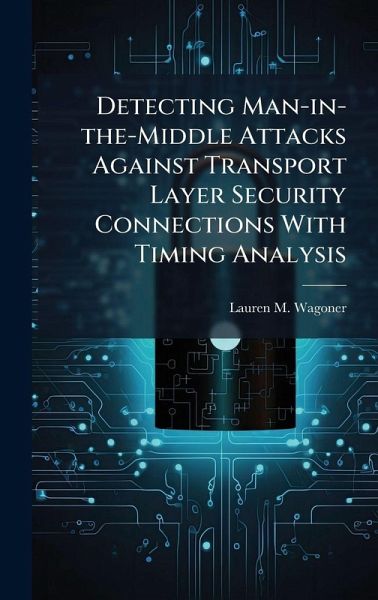
Detecting Man-in-the-Middle Attacks Against Transport Layer Security Connections With Timing Analysis
Versandkostenfrei!
Versandfertig in über 4 Wochen
29,99 €
inkl. MwSt.
Weitere Ausgaben:

PAYBACK Punkte
15 °P sammeln!
The Transport Layer Security (TLS) protocol is a vital component to the protection of data as it traverses across networks. From e-commerce websites to Virtual Private Networks (VPNs), TLS protects massive amounts of private information, and protecting this data from Man-in-the-Middle (MitM) attacks is imperative to keeping the information secure. This thesis illustrates how an attacker can successfully perform a MitM attack against a TLS connection without alerting the user to his activities. By deceiving the client machine into using a false certificate, an attacker takes away the only activ...
The Transport Layer Security (TLS) protocol is a vital component to the protection of data as it traverses across networks. From e-commerce websites to Virtual Private Networks (VPNs), TLS protects massive amounts of private information, and protecting this data from Man-in-the-Middle (MitM) attacks is imperative to keeping the information secure. This thesis illustrates how an attacker can successfully perform a MitM attack against a TLS connection without alerting the user to his activities. By deceiving the client machine into using a false certificate, an attacker takes away the only active defense mechanism a user has against a MitM. The goal for this research is to determine if a time threshold exists that can indicate the presence of a MitM in this scenario. An analysis of the completion times between TLS handshakes without a MitM, with a passive MitM, and with an active MitM is used to determine if this threshold is calculable. Any conclusive findings supporting the existence of a timing baseline can be considered the first steps toward finding the value of the threshold and creating a second layer defense to actively protect against a MitM. This work has been selected by scholars as being culturally important, and is part of the knowledge base of civilization as we know it. This work was reproduced from the original artifact, and remains as true to the original work as possible. Therefore, you will see the original copyright references, library stamps (as most of these works have been housed in our most important libraries around the world), and other notations in the work. This work is in the public domain in the United States of America, and possibly other nations. Within the United States, you may freely copy and distribute this work, as no entity (individual or corporate) has a copyright on the body of the work. As a reproduction of a historical artifact, this work may contain missing or blurred pages, poor pictures, errant marks, etc. Scholars believe, and we concur, that this work is important enough to be preserved, reproduced, and made generally available to the public. We appreciate your support of the preservation process, and thank you for being an important part of keeping this knowledge alive and relevant.



